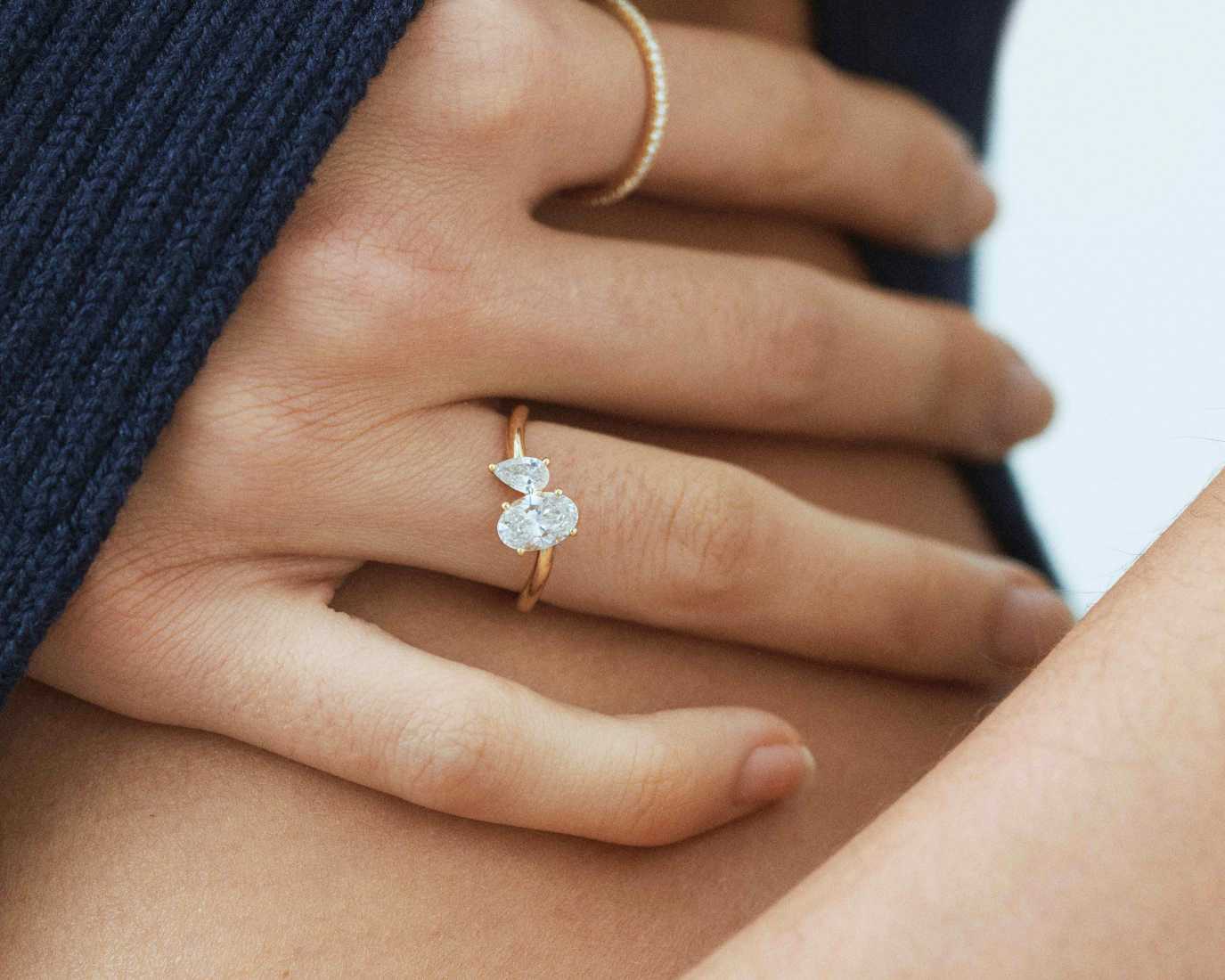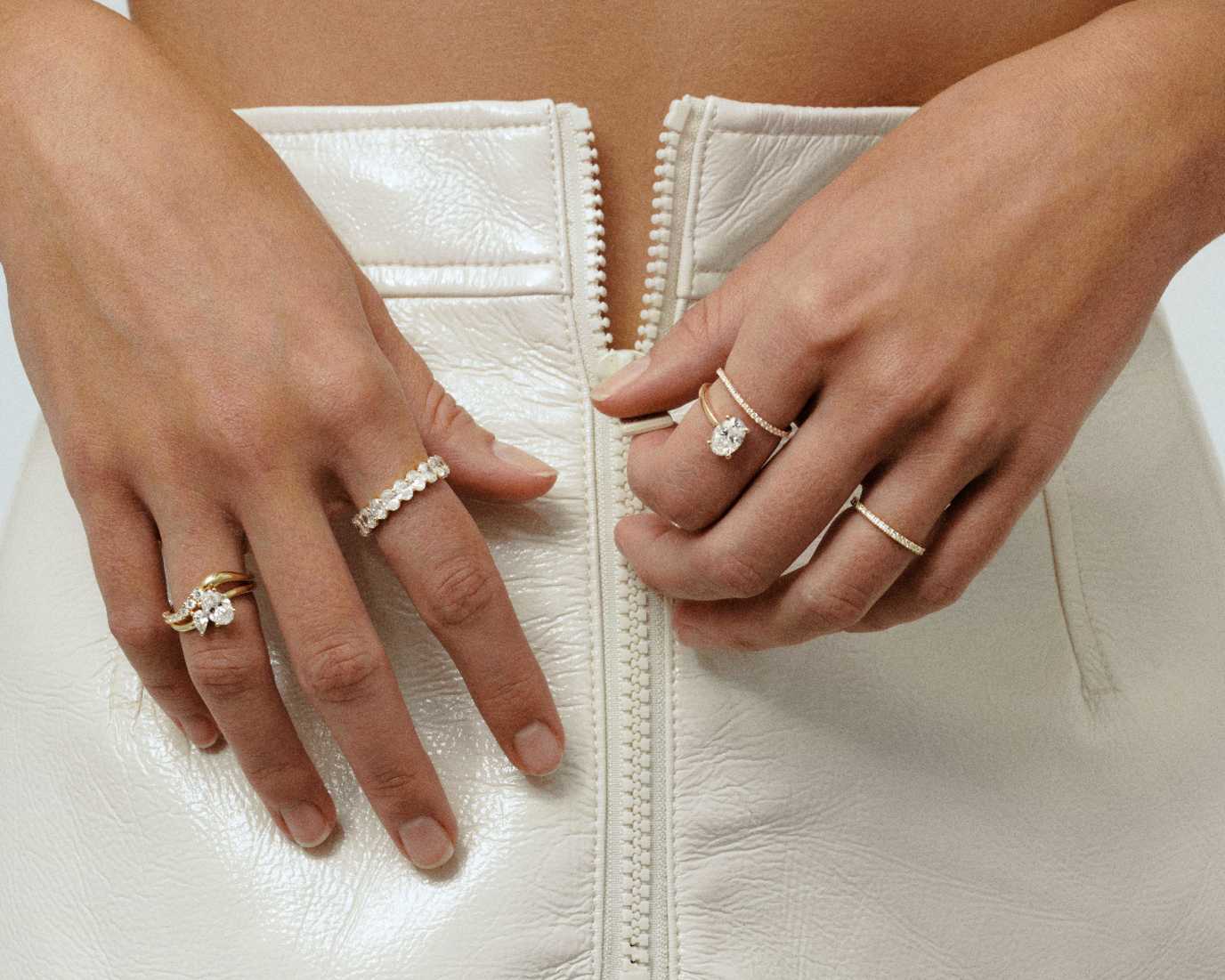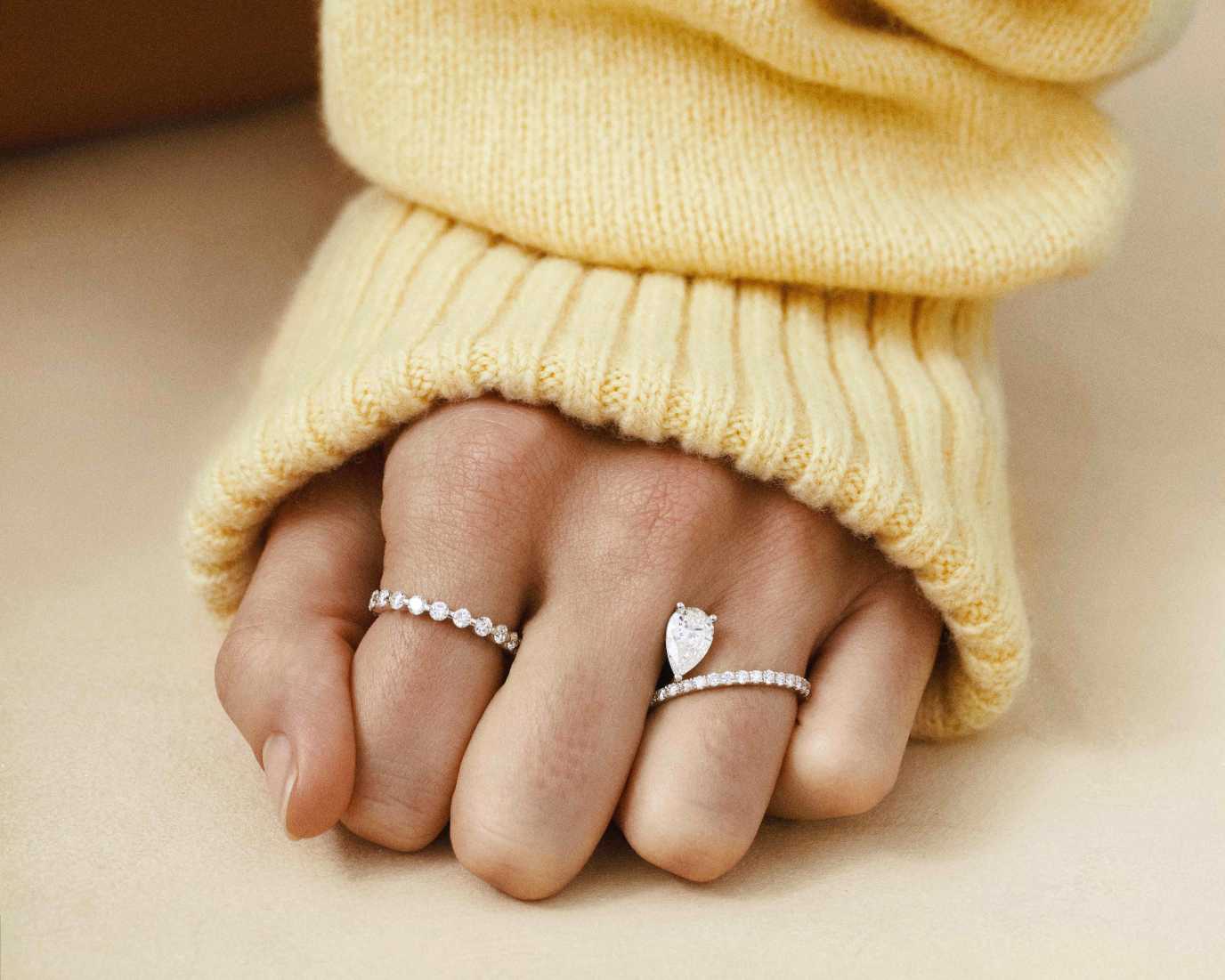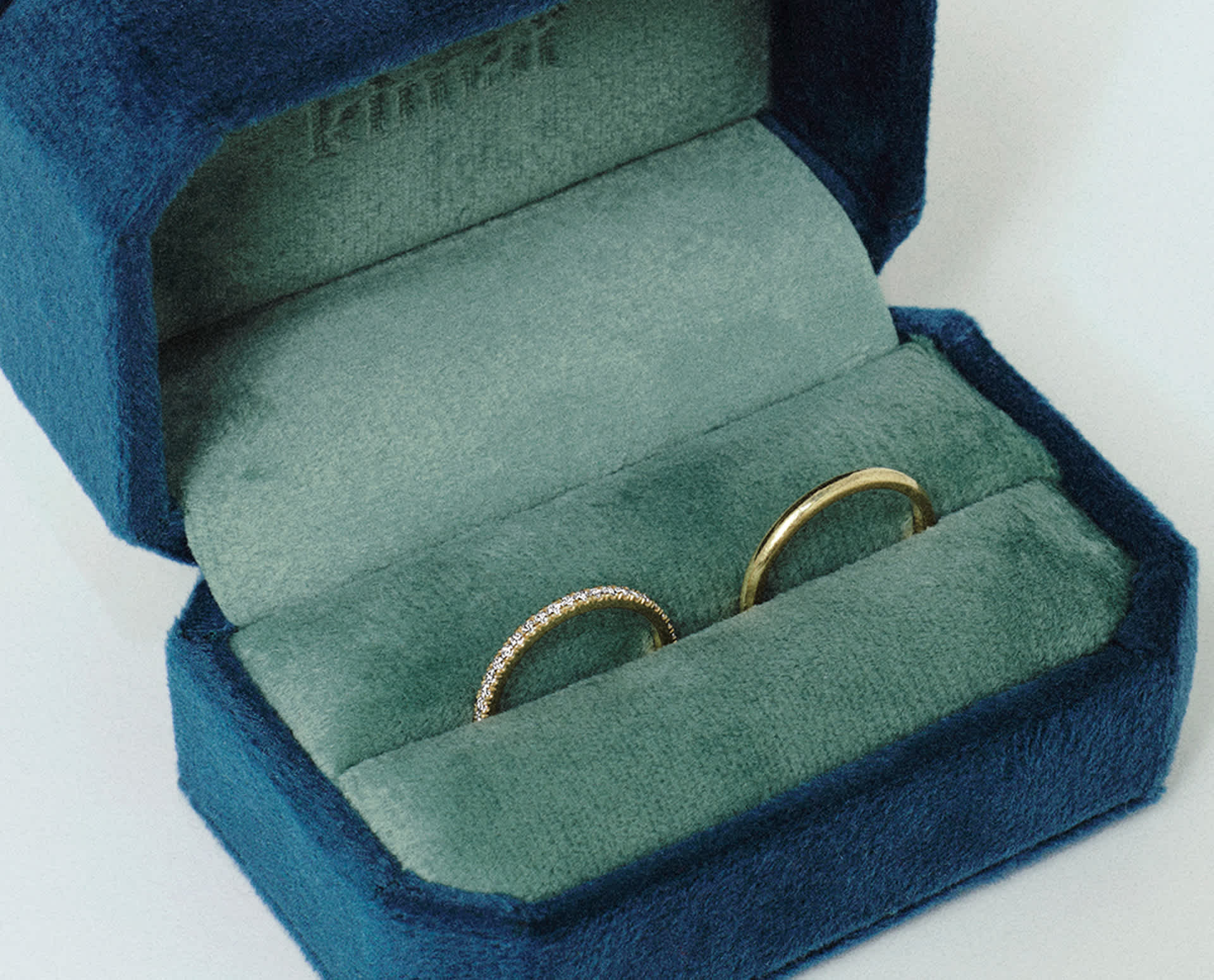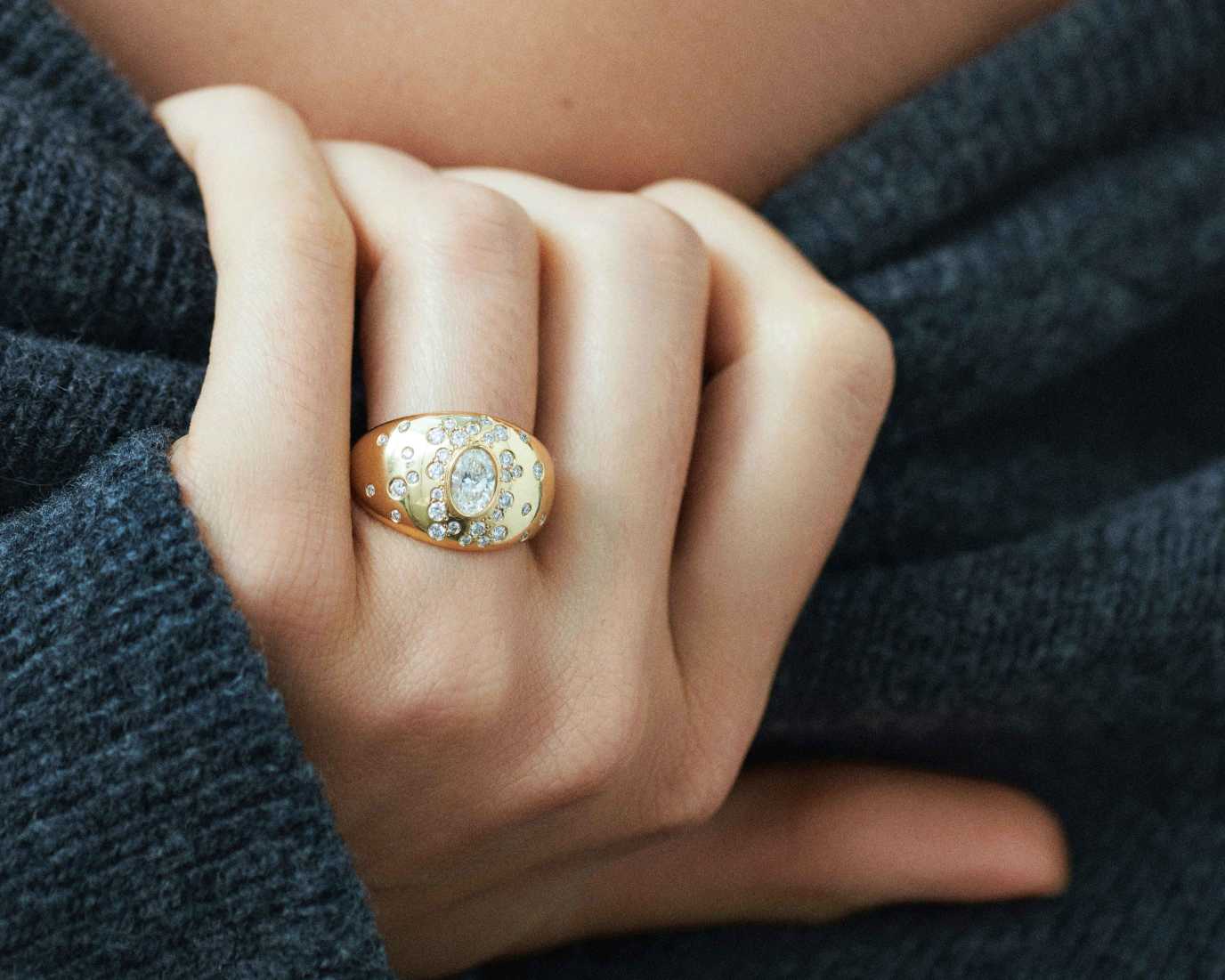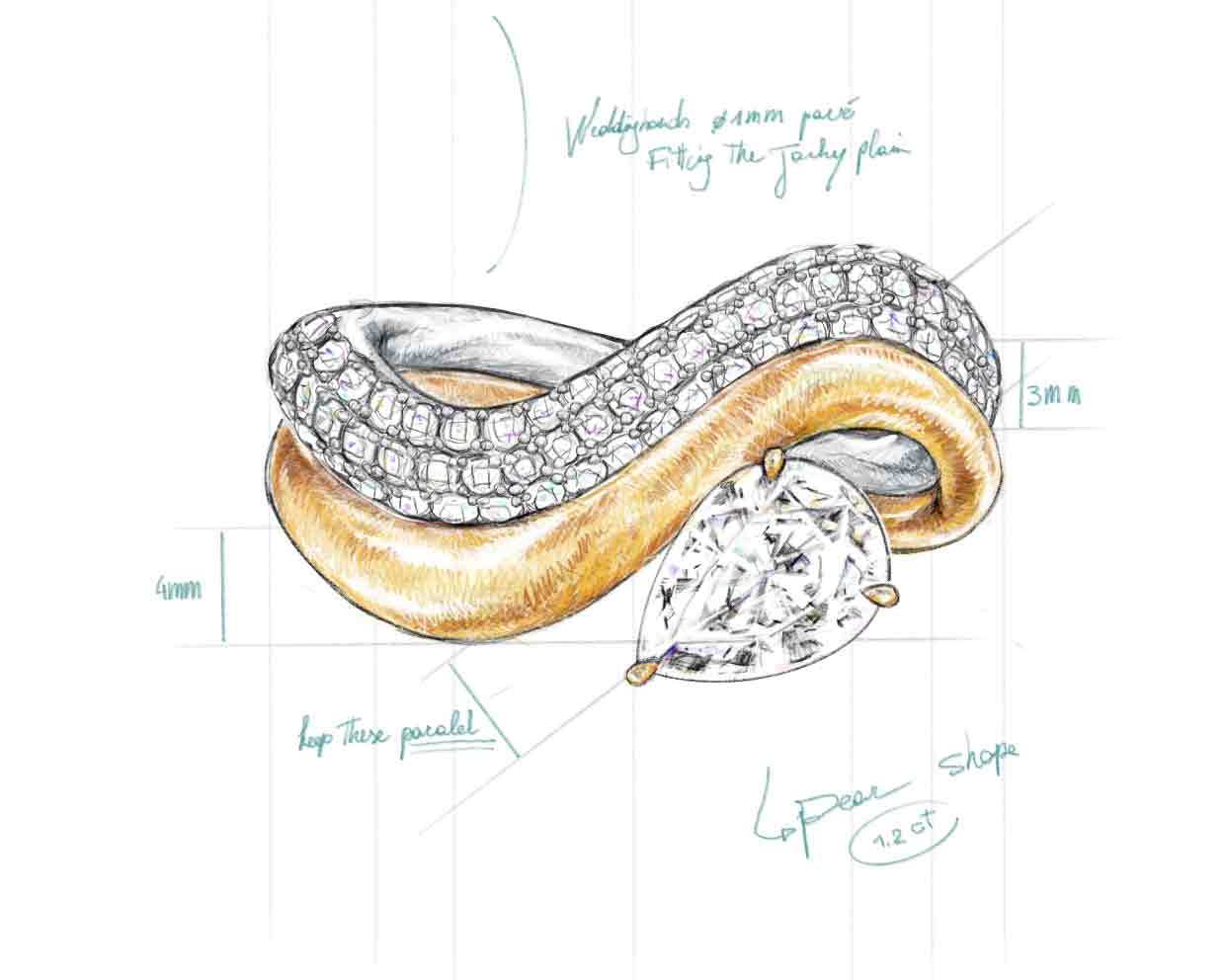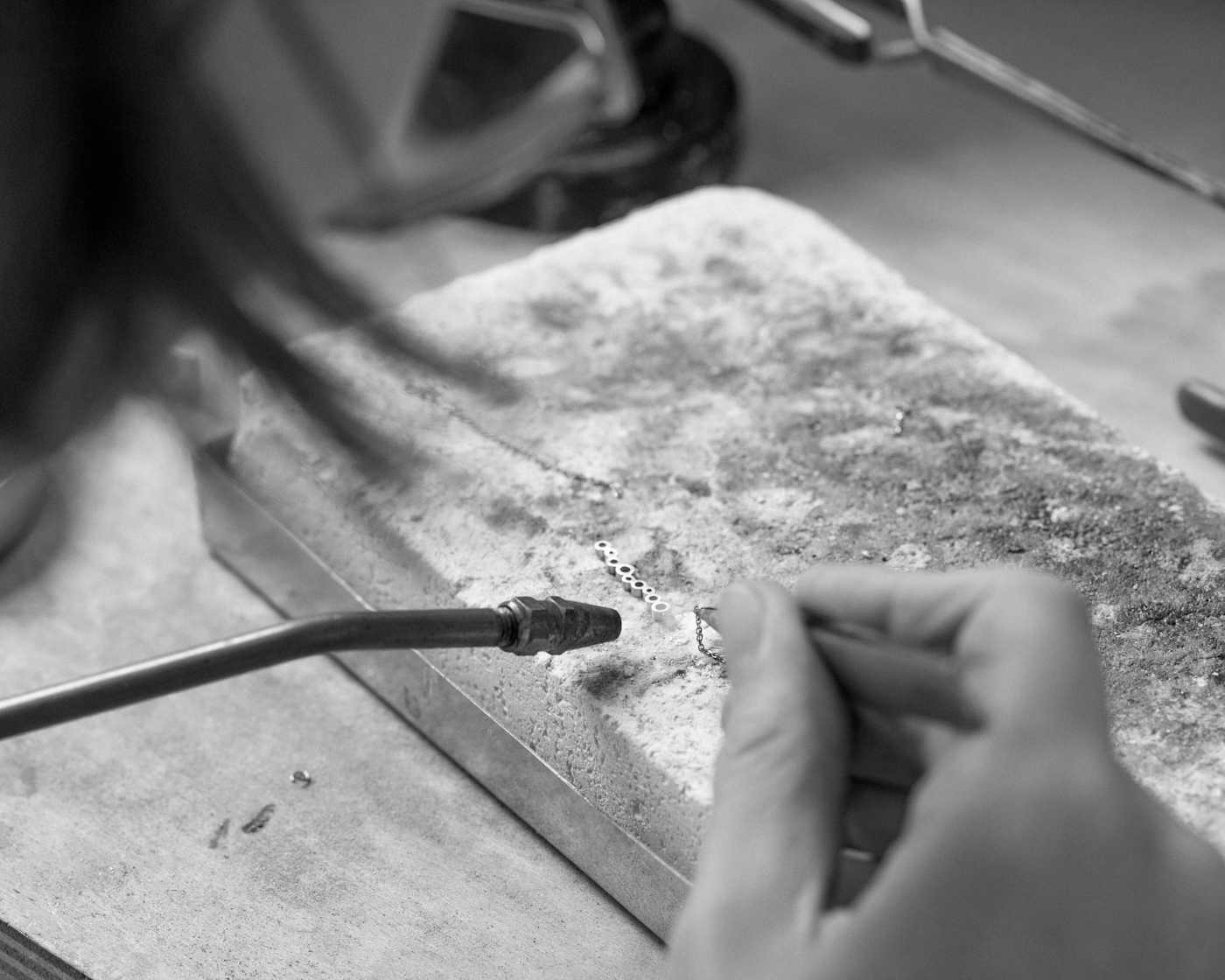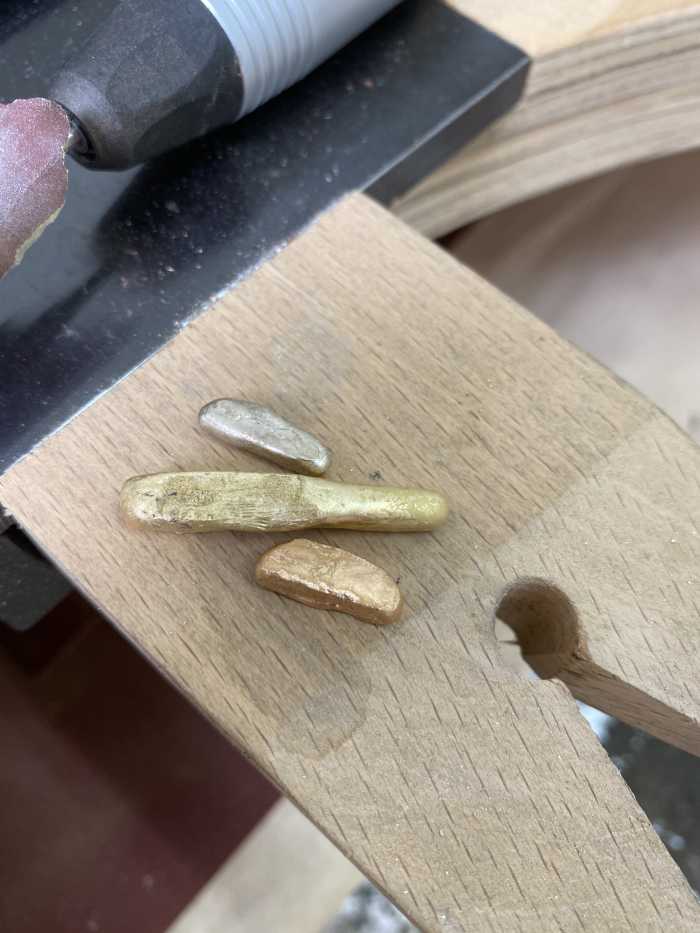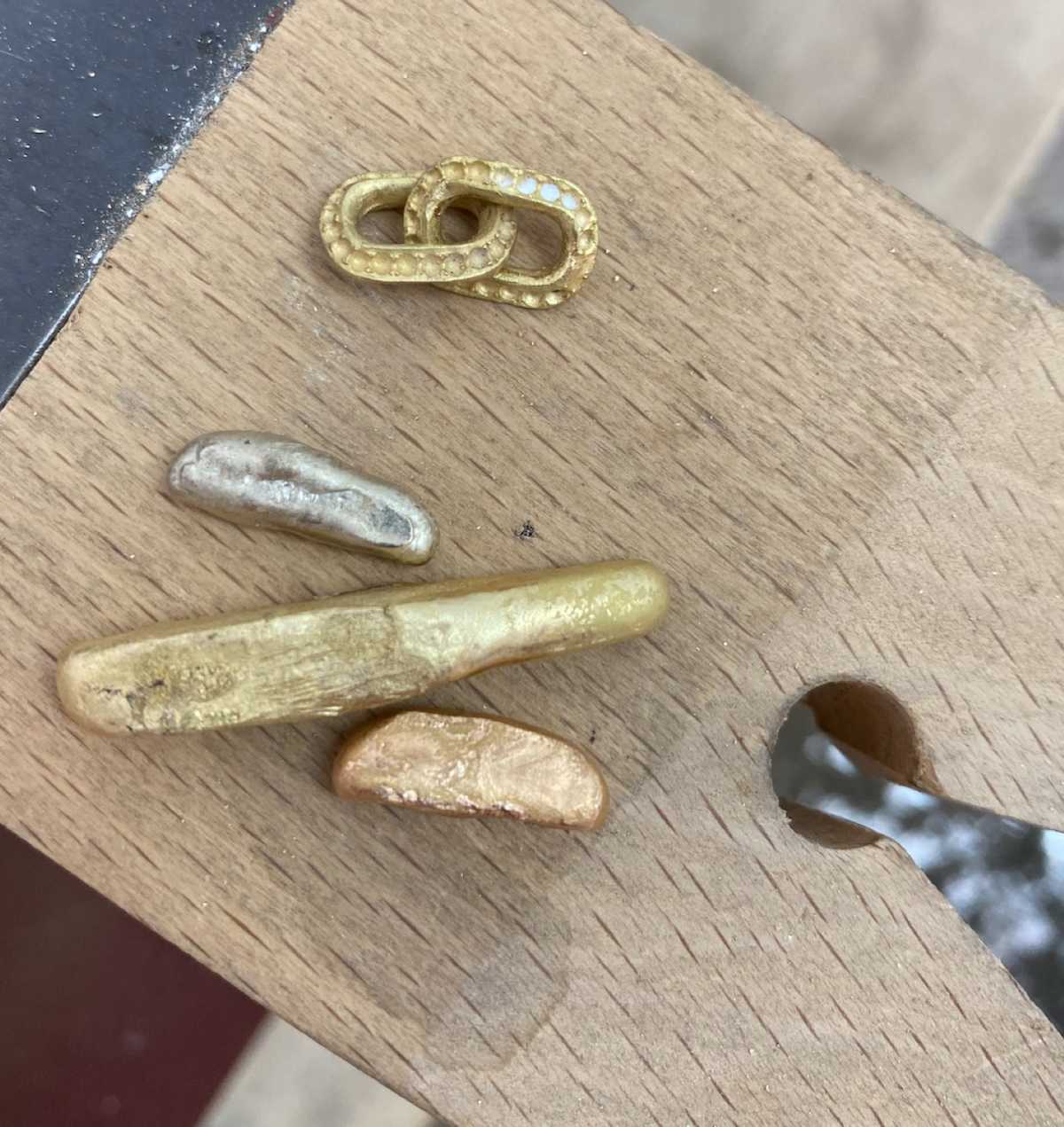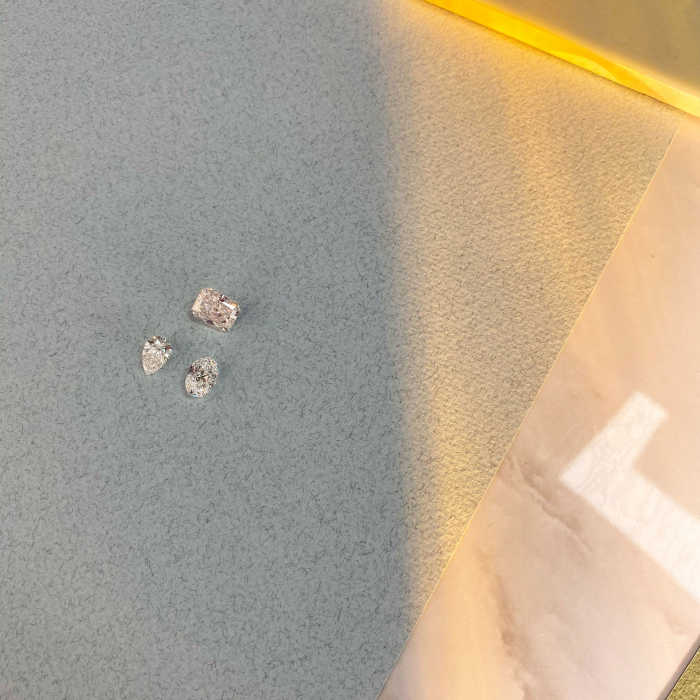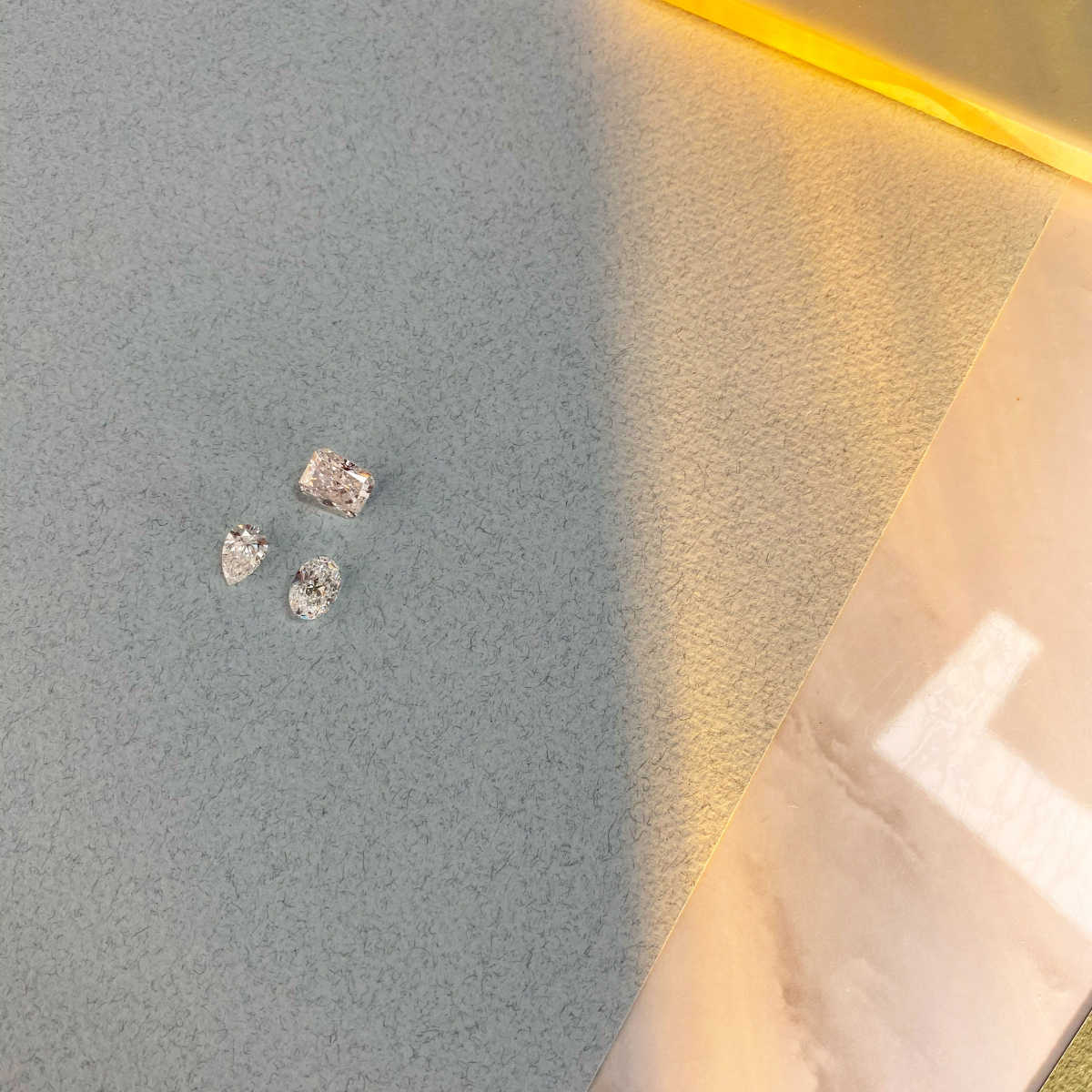Introducing the 4C’s


The 4Cs are a universally recognised method for assessing the quality of any type of diamond, anywhere in the world. Being chemically and physically identical, both lab grown and mined diamonds are graded in this way. The 4C’s stand for cut, clarity, colour and carat.
The 4Cs were developed in the early 1940s by GIA (Gemological Institute of America) founder Robert M. Shipley. A former retail jeweller, Shipley was a great advocate for professionalising the industry. He came up with the 4C’s as a way for his students to remember the characteristics of a faceted diamond. The concept was simple, but revolutionary as previously diamond merchants had used inconsistent terms which made it difficult for jewellers to communicate elements of value to their customers. Only the term carat to describe weight has been used consistently since the 1500s.
Clarity
The clarity of a diamond references the purity of the stone. The clearer it is, the higher grade it possesses. Determining diamond clarity involves evaluating the number, size, relief, nature and position of these characteristics, as well as how these affect the overall appearance. The diamond’s growth process can result in internal characteristics called ‘inclusions’ and external ones called ‘blemishes’.

HOW IS CLARITY DETERMINED?
Clarity has a significant effect on the value of a diamond, even though most inclusions are invisible to the naked, untrained eye. The GIA and IGI, measure diamonds on a scale from “Included” to “Flawless”.
No diamond is entirely pure, when a lab or mined diamond is forming, microscopic characteristics can be trapped within or on the diamond. It’s these internal and surface characteristics that are then assessed by gemologists, who use a 10x magnification to classify these clarity characteristics by size, type and position which are mapped on a “diamond plot”, a detailed diagram that is unique for every diamond. A qualitative grading system is then used to assign a numerical value to each diamond. The lower the number of imperfections and flaws in a diamond’s aesthetic appearance, the higher the clarity grade.
For example, the grades range from FL/IF which is flawless and VVS1 in which only a strong microscope can reveal any pinpoints, to SI2 at the opposite end of the scale where an inclusion is apparent to the naked eye.
WHAT ARE THE INCLUSIONS?
When a diamond forms, its atomic structure may acquire imperfections due to unforeseen variables during the process. The size, location, and visibility of inclusions all affect the clarity of a diamond.
The common kind of inclusions are:
Cloud: a collection of tiny pinpoints grouped together
Graining: internal graining that looks white or coloured, giving a hazy look
Cavity: an opening in the diamond's surface, usually created during the polishing process when an internal inclusion is dislodged
Feather: a tiny fracture inside the diamond that may give the diamond a white appearance
Colour
The evaluation of colour is actually based on the absence of colour. A chemically pure and structurally ‘perfect’ diamond has no hue, which gives it a much higher value. Although we tend to think of diamonds as colourless, they range from yellow and brown to grey. There are also ‘fancy coloured’ diamonds but they go off this colour scale as they have a distinct and opulent colour and are valued for their intensity.
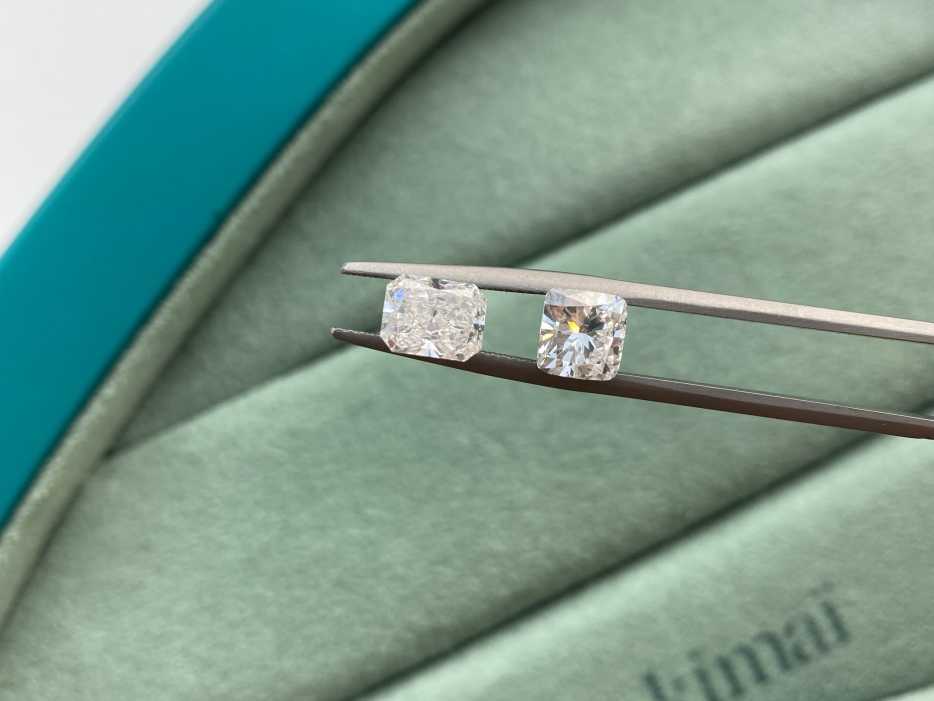
HOW IS COLOUR GRADED?
Many of the colour distinctions are invisible to the untrained eye, which is why the Gemmological Institute of America uses the D-to-Z diamond colour-grading system. With this, they compare the diamond with established master stones of known quality under controlled lighting conditions, using a sterile colourless light box or white folded card. Hue, tone and saturation will all be regarded. Lab grown diamond colour is graded in exactly the same way as mined diamonds.These distinctions make a huge difference in diamond quality and price so it’s important to get a GIA expert’s opinion.
D is the best grade you can get as it lacks all colour. You may think lab grown diamonds would all be a D but they actually come in a wide range of colours that depend on the lab’s level of technology. Unlike the unpredictability of the mining process however, the lab grown technology is constantly developing.
D-F are the very highest quality and most prized colour ratings– they are visibly colourless with an icy look. None of them have any obvious and unwanted yellow or brown hue, you’d only be able to distinguish the subtle differences between these ratings with an electric colorimeter. They are rare in both the mining and lab process.
G-H and I-J: near-colourless – some colour. These diamonds contain traces of colour in their body when they are viewed face down
K-M; faint colour – noticeable colour. These diamonds show colour that can be noticed with the naked eye when in the face-up position
K-Z: noticeably warm yellow colour – rarely sold in fine jewelry brands
Carat
The carat is the measurement of how much a diamond weighs and is a universal measurement. Several factors affect the weight of a stone, including density, formulation and shape. Total Carat Weight or TCW represents the total weight of all diamonds or other gemstones in a piece of jewelry, when more than one stone is used.
Fun fact: the term carat comes from the carob seed as in the past gem merchants used carob seeds to help weigh gemstones and diamonds because the seeds were uniform in weight and size.
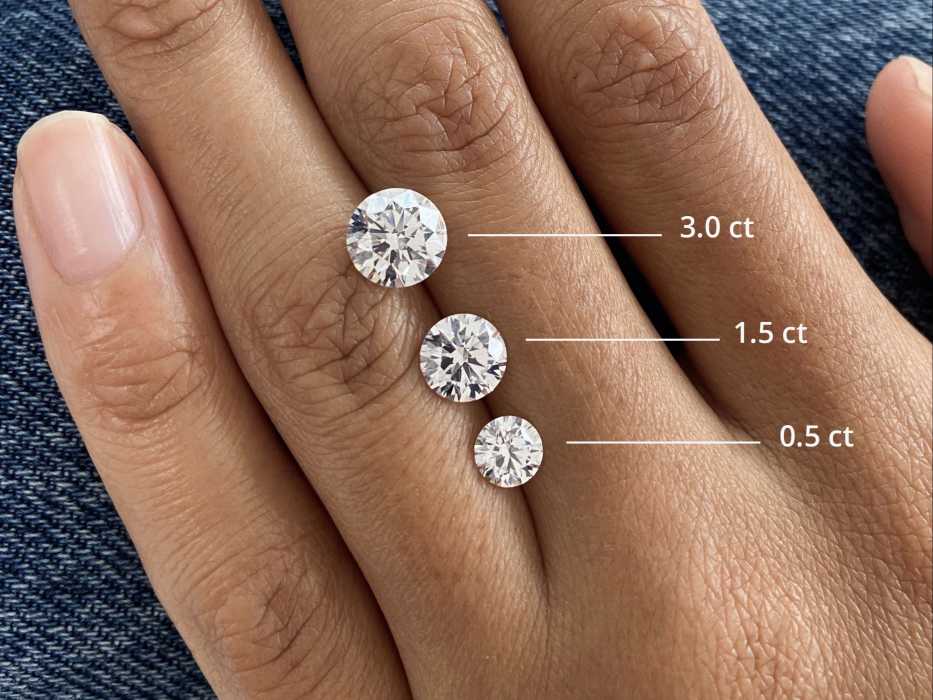
HOW IS A DIAMOND CARAT WEIGHED?
The diamond is first weighed, using a specific gemstone sale and using grams as the unit of measurement. This figure is then divided by 0.2 to find the carat weight. A ‘carat’ is the equivalent of 200 mgs and each can be subdivided into 1000 ‘points’, allowing very precise measurements to the hundredth decimal place.
HOW DOES CARAT IMPACT PRICE?
Carat weight is crucial in determining the price of a diamond. The most popular carat weights are 1.25 ct and 1.0 ct. However, a high-quality cut can help make a diamond appear larger so you can get away with a slightly lower carat.
Jewellers also have a term called “under-sizes,” which means the diamond weighs just below a cutoff weight. Diamond cutters will often sacrifice beauty in order to reach a weight that fits over the cutoff, or “magic numbers”.
Cut
The cut grade is about how well the stone’s facets interact with light. Precise workmanship is required to prepare a diamond, so its proportions, symmetry and polish deliver a brilliant reflection of light.The better a diamond has been cut, the greater the diamond’s ability to reflect and refract light.
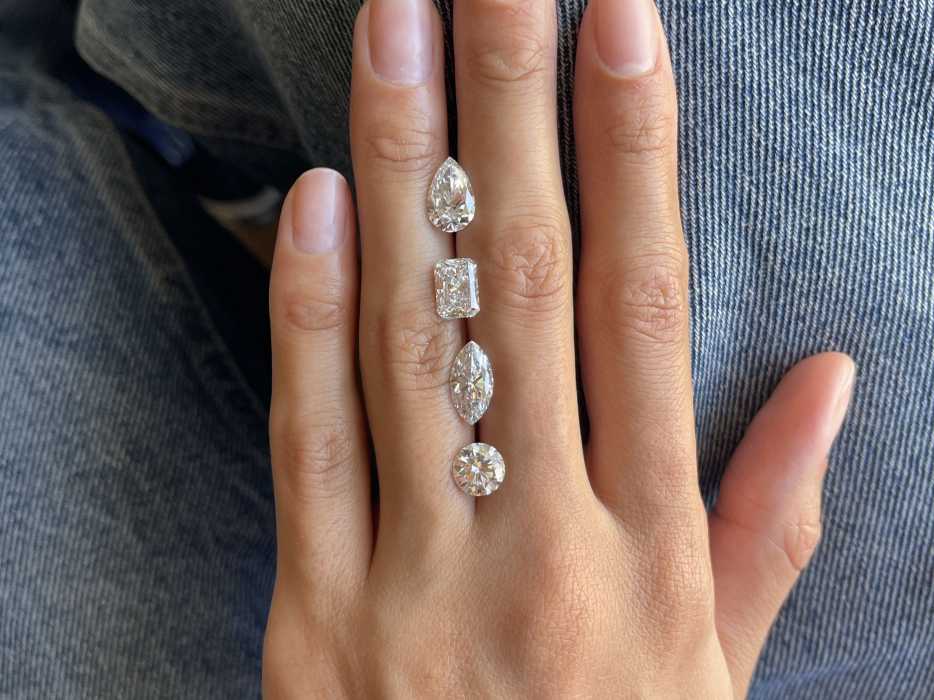
HOW IS A DIAMOND CUT AND GRADED?
There are an established set of proportions and angles that diamond cutters use to optimise the stone’s inner brilliance. Three proportion factors impact a diamond's ability to reflect light: table, width, and depth. The table size and depth, in relation to the diameter impact the light return, whilst the proper width ensures that light hits the perfect refraction angle.
The aim is to ensure that light entering the gem exits back through the top which will balance the white light (brilliance) with flashes of colourful fire (dispersion). Cuttin even a few degrees out will cause light leakage from the bottom and dulled brilliance.
When grading, the GIA looks at seven components; brightness, dispersion, scintillation, weight ratio, durability, polish, and symmetry. Each factor is then assigned a grade: Excellent, Very Good, Good, Fair, or Poor, with the final grade based on the lowest assessment in any category. Symmetry and polish are exempt from this rule.
KEY TERMS
Brightness: Internal and external white light reflected from a diamond
Fire: The scattering of white light into the full spectrum of colours
Scintillation: The amount of sparkle a diamond produces, and the pattern of light and dark areas caused by reflections within the diamond
Catégories pertinentes
Want to learn more about lab grown diamond?
Book an appointment with one of designers and discuss any questions you might have, or what your needs may be.
